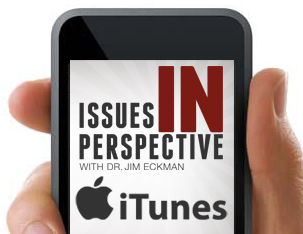The US Retreat In The War On Ideas
May 10th, 2025 | By Dr. Jim Eckman
Ideas have consequences and the battle for ideas is important in any age, but especially in our own day, when relativism, secularism and intentional disinformation are rampant in our world. Thus, in an astonishing and shocking act, President Trump, on 15 March 2025, ordered the termination of grants for Radio Free Asia and Radio Free Europe/Radio Liberty. Voice of America, the Office of Cuba Broadcasting (Radio and Television Marti), the Open Technology Fund and the Middle East Broadcasting Networks are also being dismantled.











